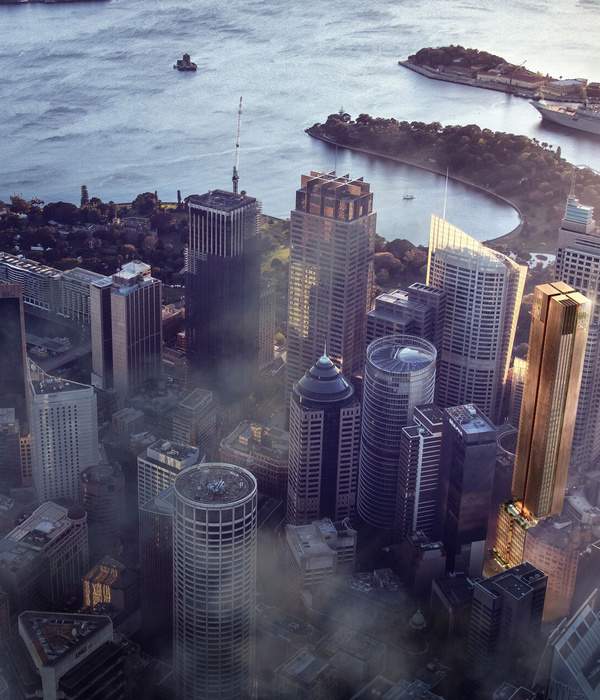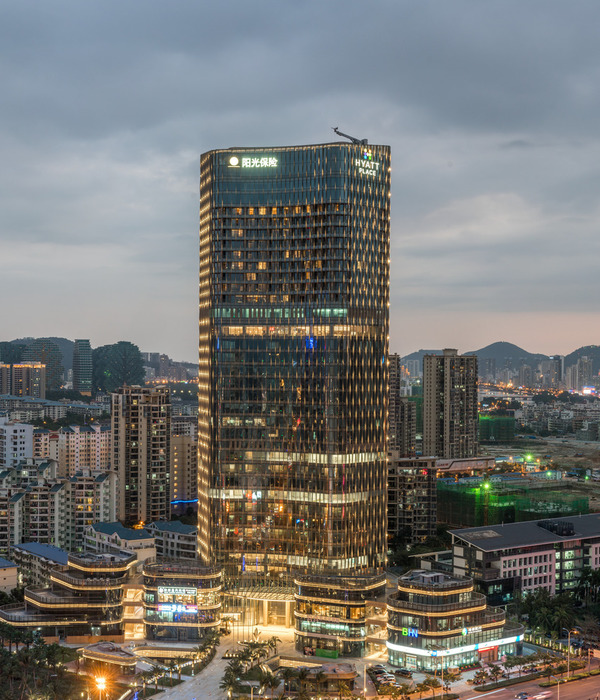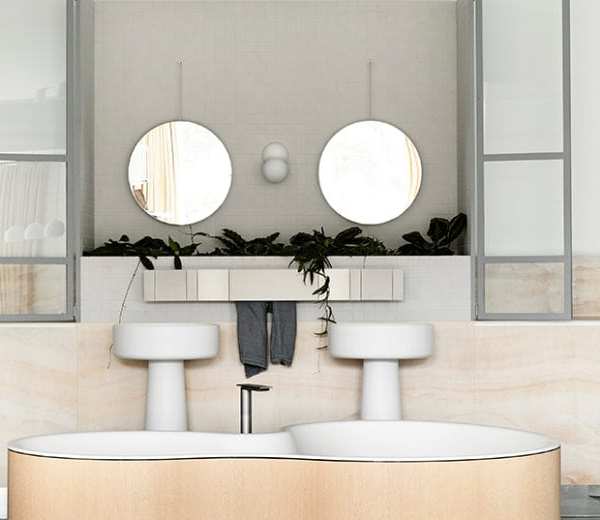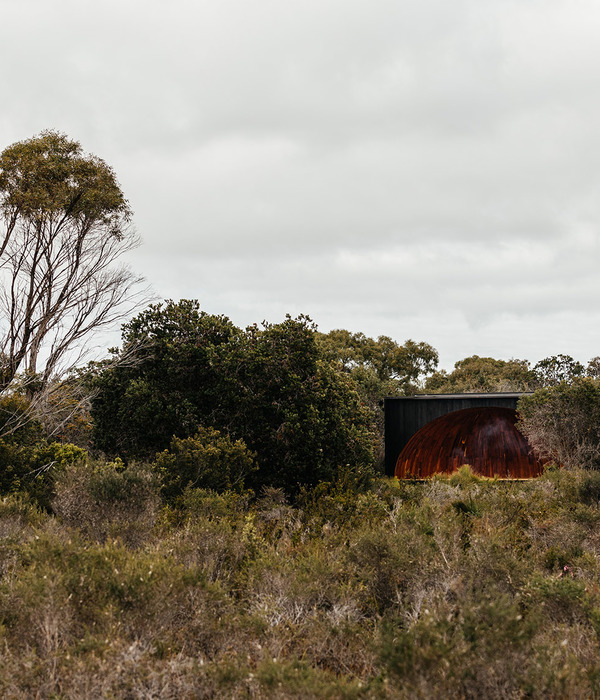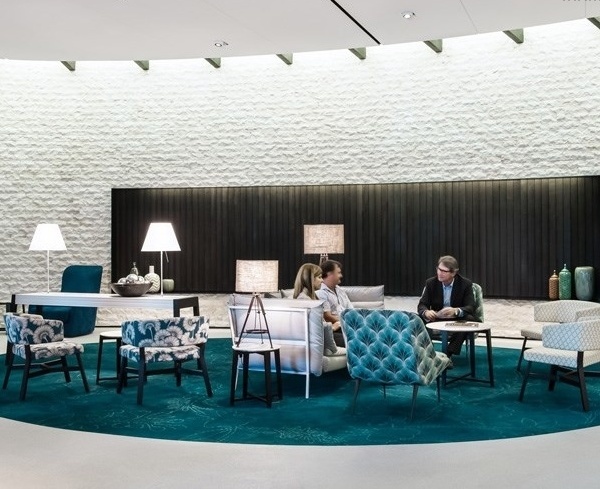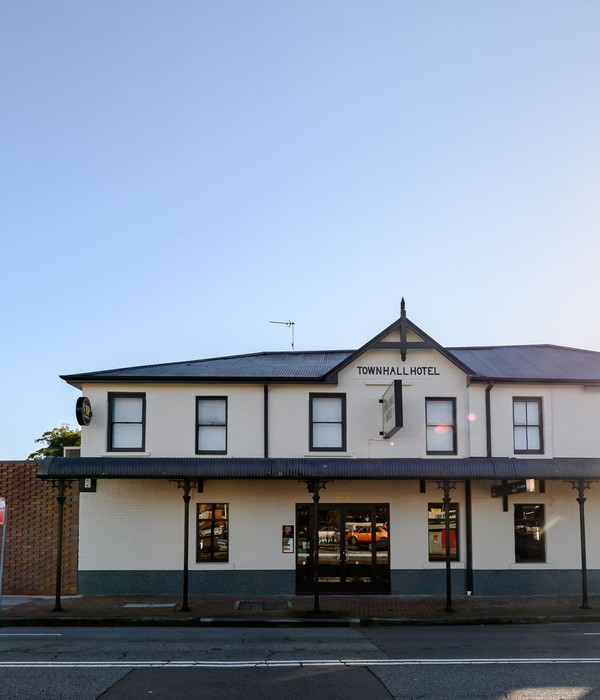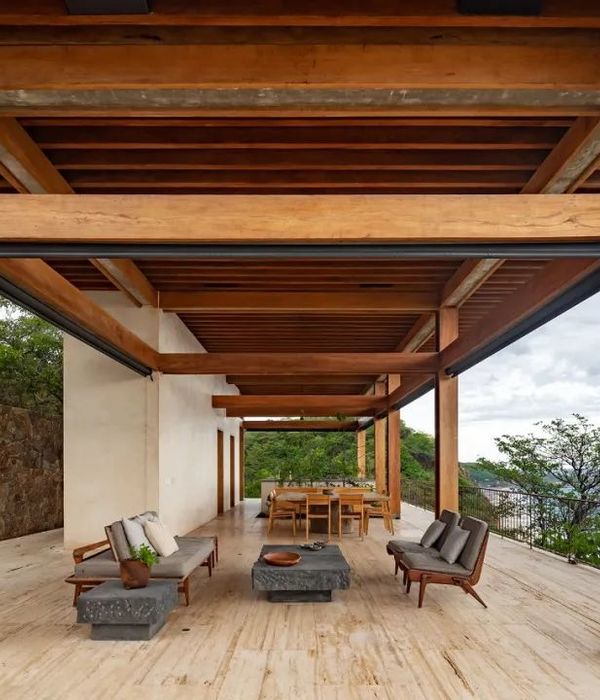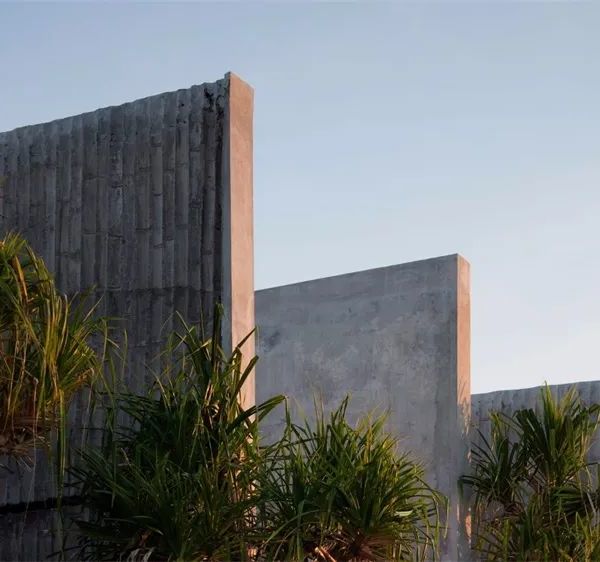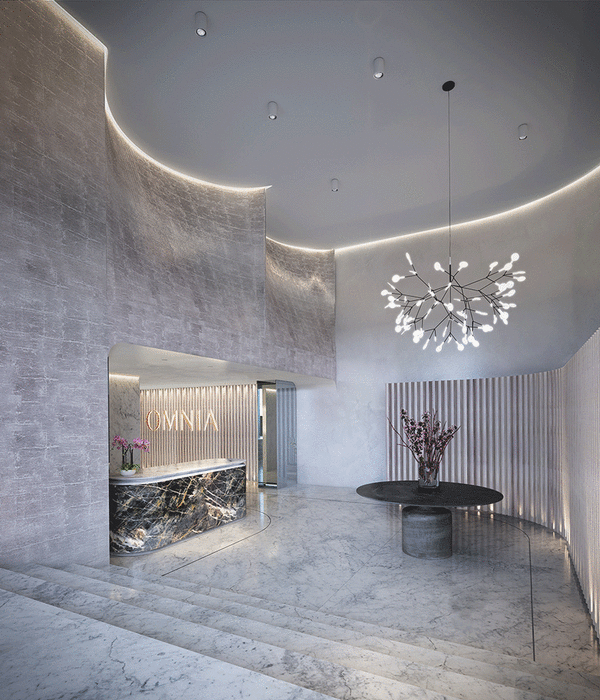Firm: AS ARQUITECTURA
Type: Cultural › Cultural Center Gallery Religious Hospitality + Sport › Hotel Restaurant Landscape + Planning › Masterplan
STATUS: Built
YEAR: 2014
BUDGET: Undisclosed
Photos: David Cabrera (33)
Design:
AS Arquitectura + R79
Alejandra Abreu Sacramento, Xavier Abreu Sacramento, Roberto Ramirez Pizarro.
Description:
The constant change of use, the presence of different architectural styles, and the passing of the years, made from Niop a very different place in outline and operation from the conception of a traditional Hacienda in Southeast Mexico.
Given the emerging culture to recover the traditions and look at the past, this project seeks to transform this group of buildings that were previously occupied by livestock and textiles into a Recreation area, Boutique Hotel , Grand ballroom, Weekend residence and why not, a place to forget about the hustle and burden of everyday life.
The project consist of a series of subtle interventions ranged from the generality of reordering the zoning of their uses, to the particularity of solving the most intricate detail of how the contemporary merges with pre-existing.
So it is defined that in this new use, the program shall include a restaurant, banquet rooms, sanitary and support facilities, large open spaces for holding various events, rooms, villas and many spaces for reflection and isolation.
The first thing to do was to put together a tour, and create a surprise effect when taking the visitor to gradually discover the space. Upon reaching the complex and off towards the parking area, you reach the motor lobby. Here we find a great stony carpet that unfolds for us to invite us to go up and look down the infinite possibilities of the experience to come.
A grade of steel and logs floats in a challenging way between the stone blocks that remain intact. In its awake, as if printing a shadow on the pavement, leaves a wooden plaque that emphasizes the directionality of circulation.
A concrete basement leagues the buildings. The Chapel, the Bridal Suite and the room’s area now share a common ground. The strokes on the floor, resulting from the references of openings and solid, force us to look at them and occasionally their intersections open to new possibilities for the growth of vegetation and the appearance of shadows that move over this platform.
A water mirror traps and celebrates the remaining walls of a building that refuses to disappear; if the shape of it has resulted from the existing geometry, why not to repeat it as a way of sewing, as a dynamic dialogue between the previous use and the new to come.
Another wooden plaque appears on the scene, but now floats on the water and then splits down to connect the basement with the landscaped esplanade. From the end of the basement, flanked by a ruined construction which will later host the room’s area, arises a linear circulation that connects us to one of the many protagonists of the project, leading to a gravel square where the spotlight is on a giant “Vente” (local tree).
To complement the new use of the property, certain program elements as a reception and sanitary facilities for men and women have been included. The interventions of these new occupants within the complex are inserted discreetly.
Floors in a manner of carpets that never touch the walls, metal roofs that settled on slender columns respect the original envelope and in the resulting gaps are filled with vegetation.
Steel, stone, chukum, wood and glass are the range of materials chosen for the intervention. Their purpose is to remind us that the protagonist in this case is not the architecture that loudly says: “look at me”, but the one that humbly lowers his head and lets his elders gain the recognition of aging in a dignified manner.
{{item.text_origin}}

